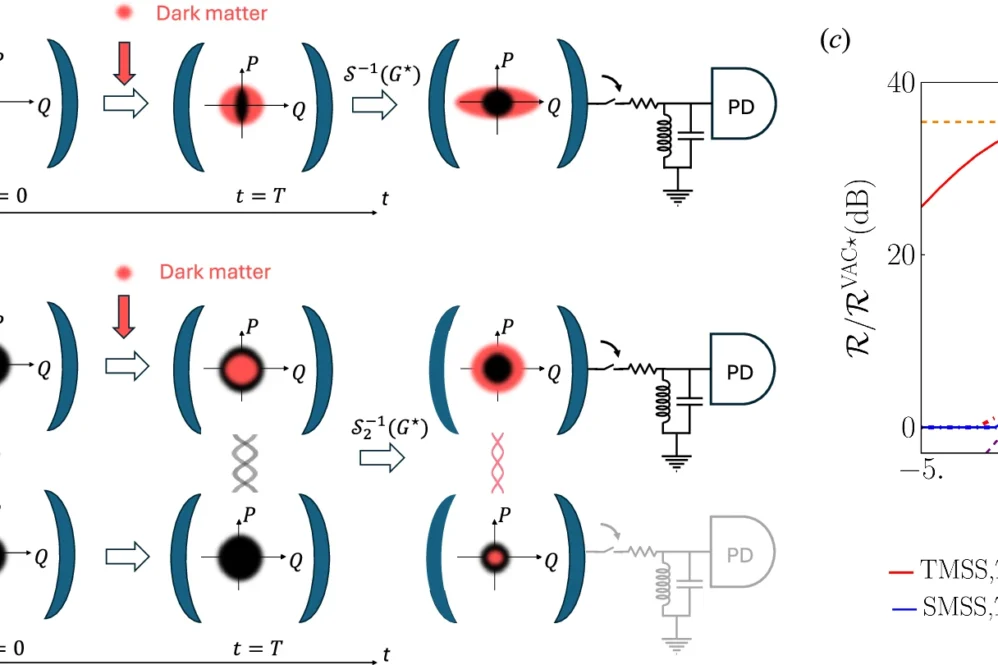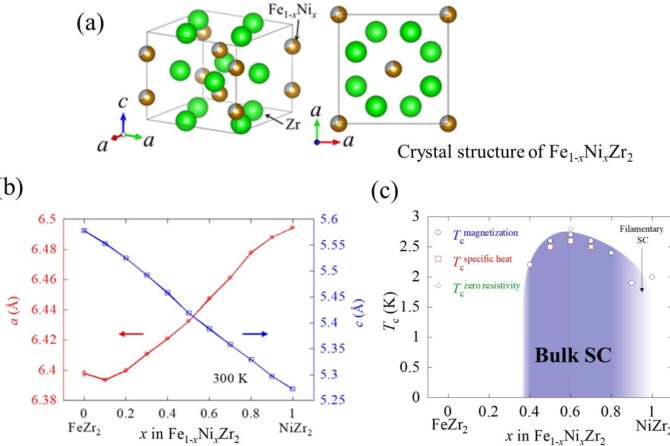Advanced quantum techniques exist for detecting dark matter, particularly axions, through microwave cavity experiments. Traditional dark matter searches use passive cavity receivers that detect photons created when axions interact with strong magnetic fields. While photon counting offers advantages over linear detection by bypassing vacuum noise, these systems face bandwidth limitations imposed by cavity linewidth, restricting search speed.
Recent quantum engineering approaches have explored using squeezed states to enhance detection sensitivity. However, conventional squeezed state receivers suffer from a fundamental limitation called the Rayleigh curse, where loss places an upper bound on quantum advantage. This is particularly problematic because axion detection requires strong magnetic fields incompatible with many superconducting devices.
A team of researchers proposes a novel protocol using in situ transient control to mitigate this Rayleigh limitation. The approach involves three key steps: (1) quantum state preparation inside the cavity, (2) axion signal accumulation with adjustable duration, and (3) measurement. Two quantum sources are investigated: single-mode squeezed states (SMSS) and entanglement-assisted two-mode squeezed states (TMSS), where an ancilla mode doesn’t interact with axions.
A significant finding is that increasing squeezing gain allows for shorter optimal axion accumulation times, which reduces overall loss and mitigates the Rayleigh curse. The TMSS approach demonstrates greater sensitivity in low-temperature conditions. For SMSS, homodyne detection proves sufficient for optimal performance when high gain is used, while TMSS benefits from anti-squeezing followed by photon counting.
The protocol’s key innovation is fully circumventing the Rayleigh curse when dealing with incoherent axion signals. By preparing quantum probes inside the cavity, it avoids coupling losses that would occur with traveling-wave states. The optimized accumulation time decreases with increasing squeezing strength, eventually becoming negligible with extremely short axion coherence times.
For practical implementation, the proposed approach is compatible with axion detection scenarios thanks to recent advances in magnetic field-resilient in-cavity squeezing technologies. Specifically, kinetic inductance parametric amplifiers (KIPAs) can achieve single-mode squeezing gains up to 8 dB in current experimental conditions, making this approach feasible with near-term devices without requiring non-Gaussian quantum states that would need Josephson-junction elements incompatible with the strong magnetic fields necessary for axion searches.
Reference: Shi, H., Brady, A.J., Górecki, W. et al. Quantum-enhanced dark matter detection with in-cavity control: mitigating the Rayleigh curse. npj Quantum Inf 11, 48 (2025). doi:10.1038/s41534-025-01004-1




